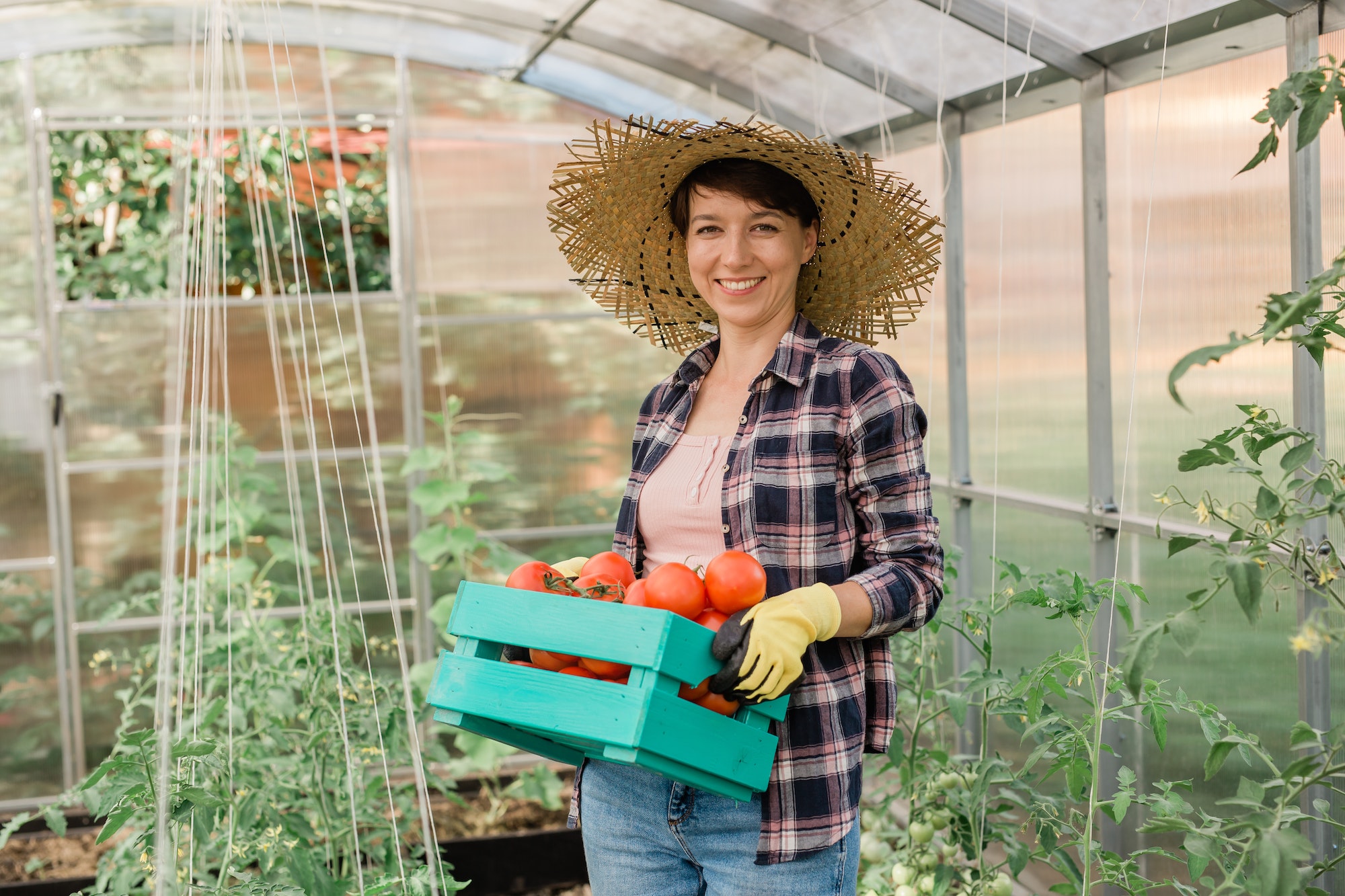A Guide to Sustainable Eating: Tips for Reducing Food Waste and Carbon Footprint


Introduction
In recent years, the importance of sustainable living has become increasingly evident. From reducing plastic waste to conserving energy, there are countless ways that individuals can make a difference in the world around them. One area where sustainable choices can have a significant impact is in the food we consume. By making informed decisions about what we eat and how we consume it, we can reduce our carbon footprint and help build a more sustainable future.
In this guide to sustainable eating, we’ll explore some of the key strategies for reducing food waste and minimizing your impact on the environment. From meal planning and proper food storage to choosing plant-based alternatives and reducing packaging waste, there are many ways to make a positive difference. Whether you’re a seasoned cook or just starting to explore the world of sustainable eating, we hope that this guide will provide you with the knowledge and inspiration you need to make informed choices and reduce your carbon footprint.
Check out our blog on cooking with seasonal produce!
Tips for Reducing Food Waste
One of the most significant areas where sustainable eating practices can make a difference is in reducing food waste. In the United States alone, it’s estimated that up to 40% of the food supply is wasted each year. This not only contributes to greenhouse gas emissions and other environmental impacts but also represents a significant financial burden for households.
Here are a few tips for reducing food waste in your own home:
- Understanding expiration dates and food labeling: Many people mistakenly throw out perfectly good food because they don’t understand the different types of expiration dates and food labeling. Take the time to learn about sell-by, use-by, and best-by dates, and understand the difference between them. Also, learn how to properly store food to extend its shelf life.
- Proper food storage techniques: Proper food storage is critical to preventing spoilage and extending the shelf life of food. This includes keeping food at the right temperature, storing it in airtight containers, and avoiding cross-contamination.
- Meal planning and repurposing leftovers: Meal planning can help you avoid buying more food than you need and also make it easier to repurpose leftovers into new meals. Get creative with your leftovers, and consider using them in soups, casseroles, or stir-fries.
By implementing these simple strategies, you can significantly reduce the amount of food waste in your home and save money in the process.

Tips for Reducing Carbon Footprint
In addition to reducing food waste, making sustainable food choices can also help to reduce your carbon footprint. Here are a few strategies to consider:
- Choosing locally-sourced and in-season produce: When possible, choose locally-sourced produce that is in season. This not only supports local farmers but also reduces the carbon footprint associated with transportation and refrigeration.
- Reducing meat consumption and choosing plant-based alternatives: Animal agriculture is a significant contributor to greenhouse gas emissions. By reducing your meat consumption and choosing plant-based alternatives, you can help to reduce your carbon footprint.
- Minimizing packaging waste: Choose products with minimal packaging or choose to buy in bulk to reduce packaging waste. Bring reusable bags and containers to the grocery store to further minimize waste.
Sustainable Eating Resources and Tools
To make sustainable eating easier, there are many resources and tools available to help you along the way. Here are a few to consider:
- Apps for reducing food waste: There are several apps available that can help you reduce food waste by tracking expiration dates, suggesting recipes based on the ingredients you have (SuperCook – Recipe Generator on Google Play and Apple Store), and even connecting you with local organizations that can use your excess food(Olio – Share More, Waste Less on Google Play and Apple Store).
- Local community-supported agriculture programs: Community-supported agriculture (CSA) programs allow you to buy local, seasonal produce directly from farmers. This not only supports local agriculture but also reduces the carbon footprint associated with transportation.
- Sustainable eating blogs and cookbooks: There are many blogs and cookbooks available that focus on sustainable eating and provide recipes and tips for reducing food waste and minimizing your carbon footprint. Check out Sustainable Dish!
Conclusion
Making sustainable food choices may seem overwhelming at first, but by taking small steps and making informed choices, you can make a significant difference in reducing your carbon footprint and building a more sustainable future. Whether it’s by reducing food waste, choosing plant-based alternatives, or supporting local agriculture, there are many ways to make a positive impact. So why not start today? By making sustainable eating a priority, you can help to create a healthier and more sustainable world for generations to come.
